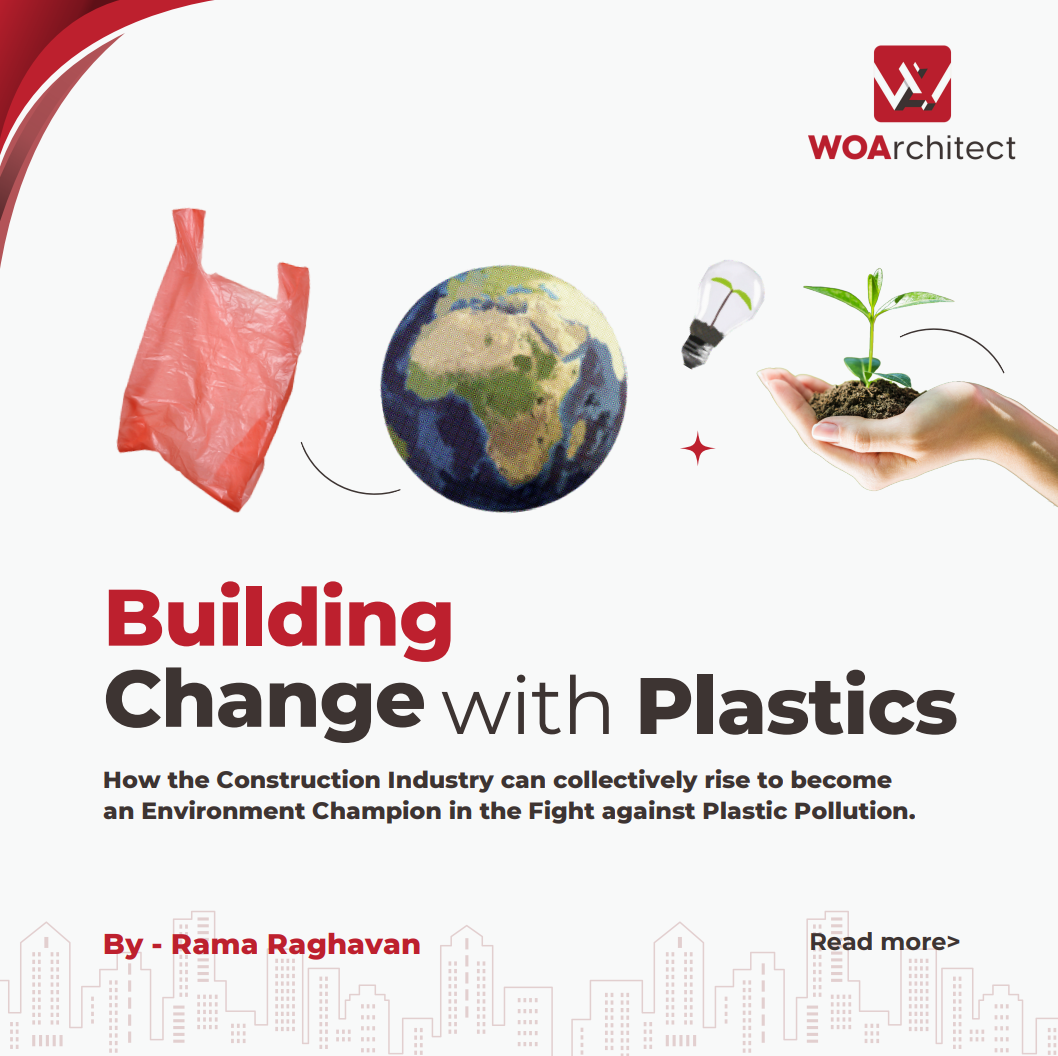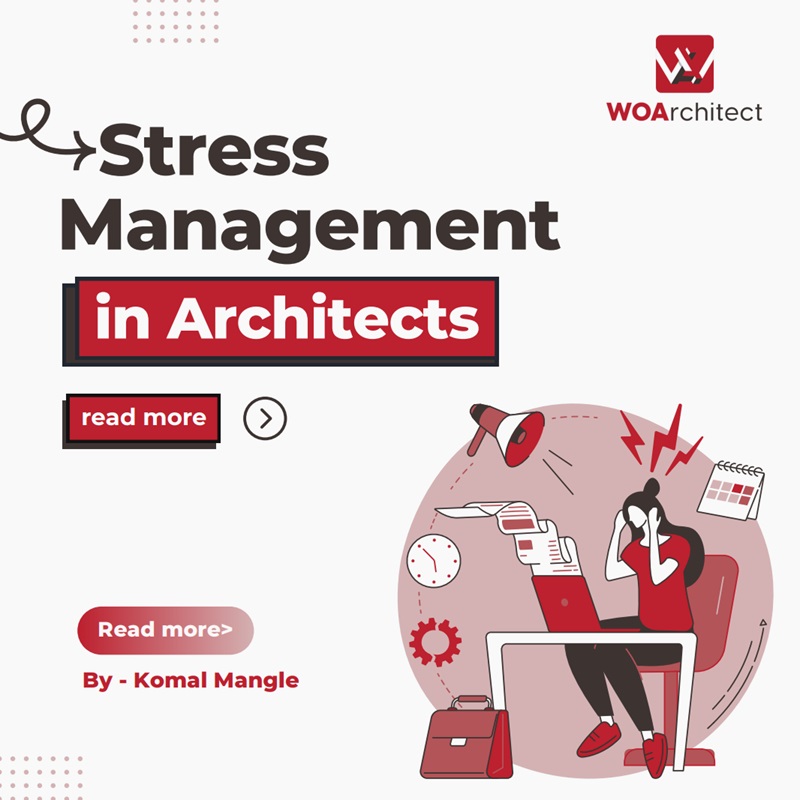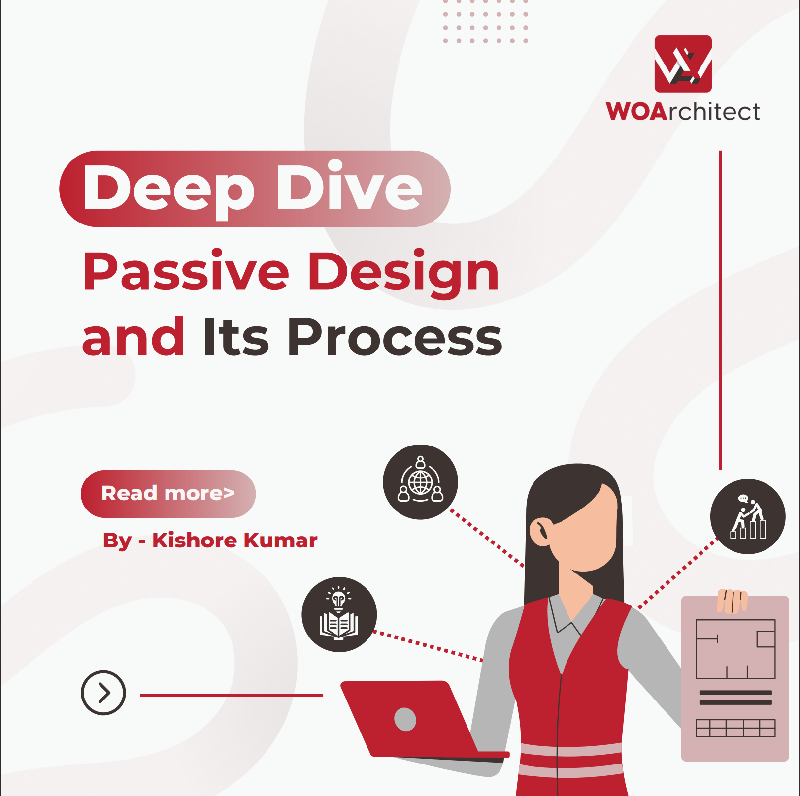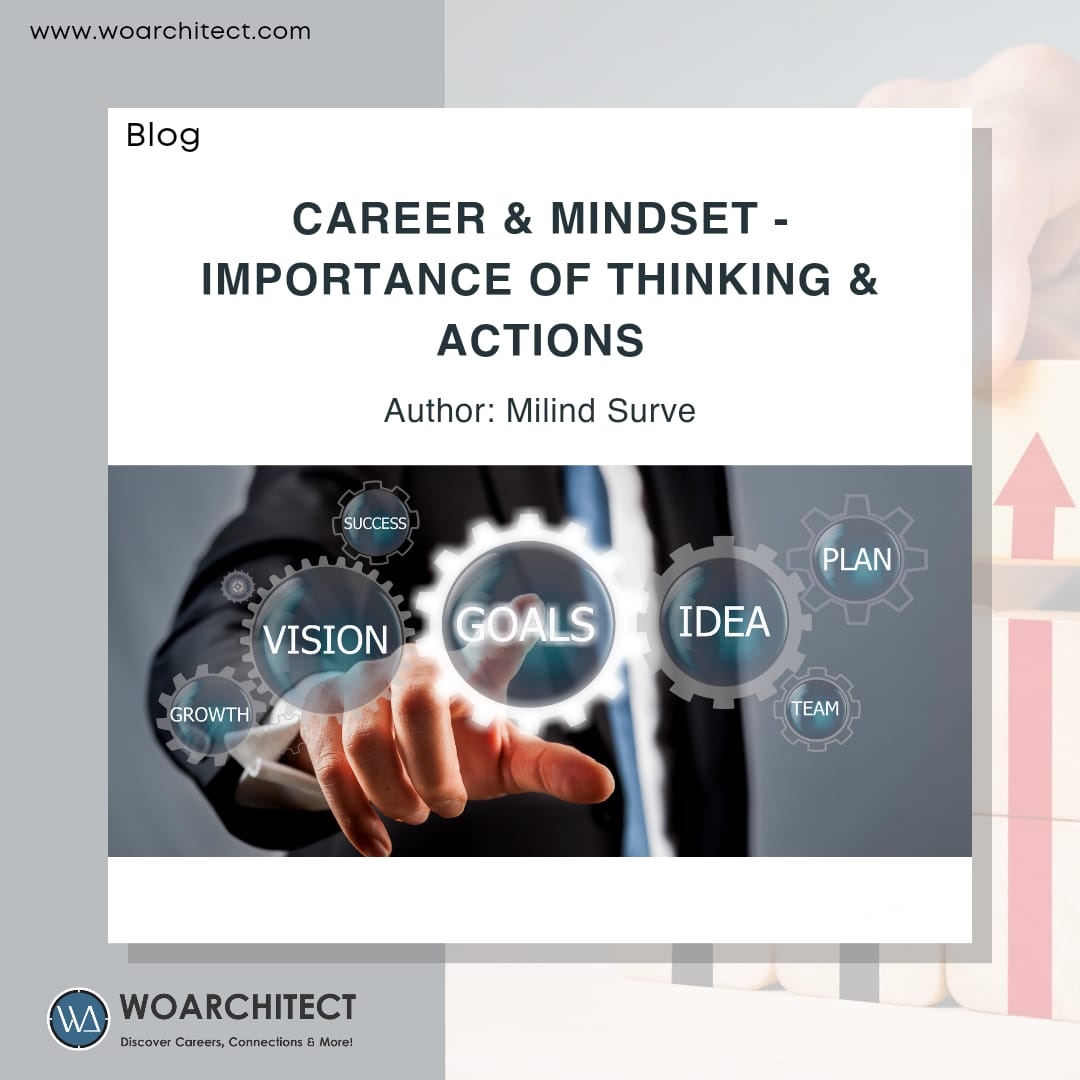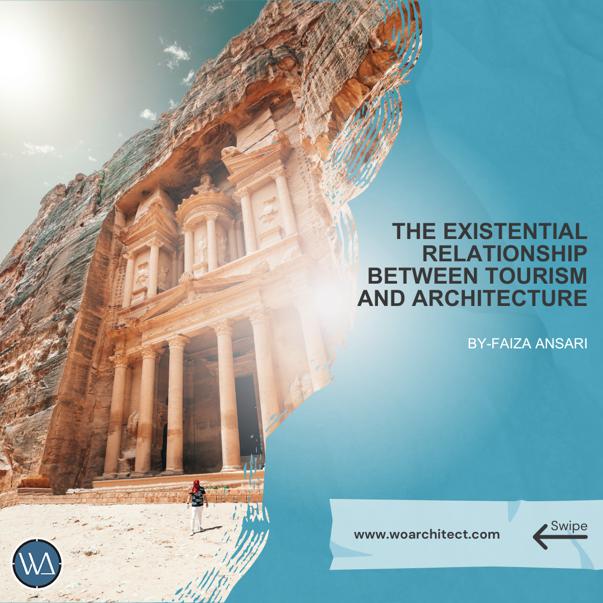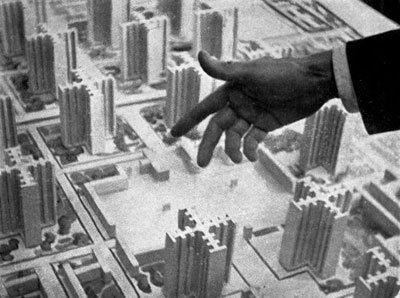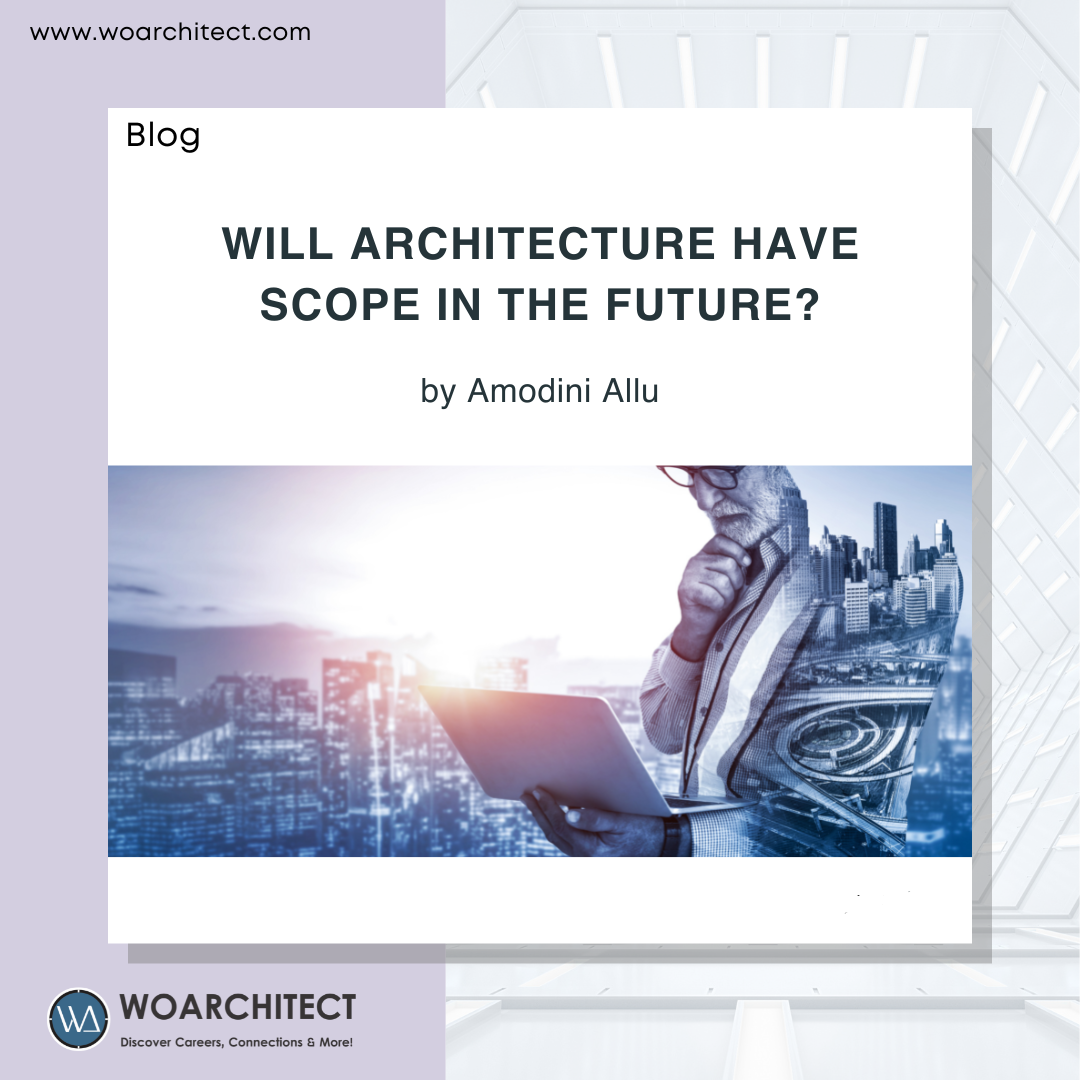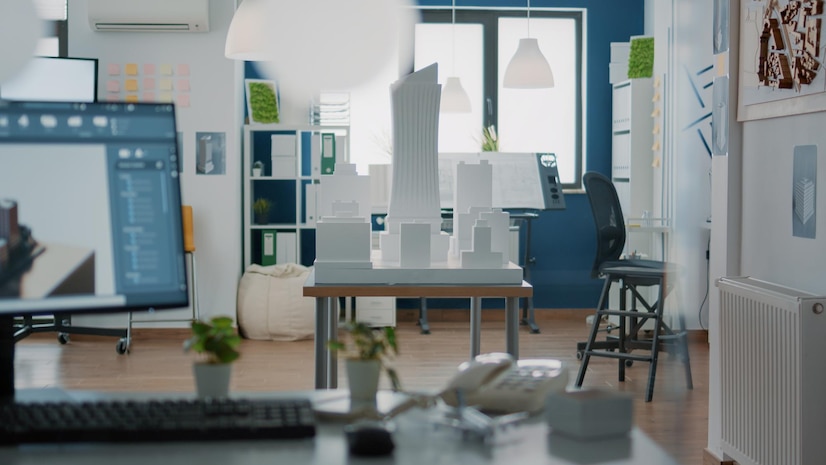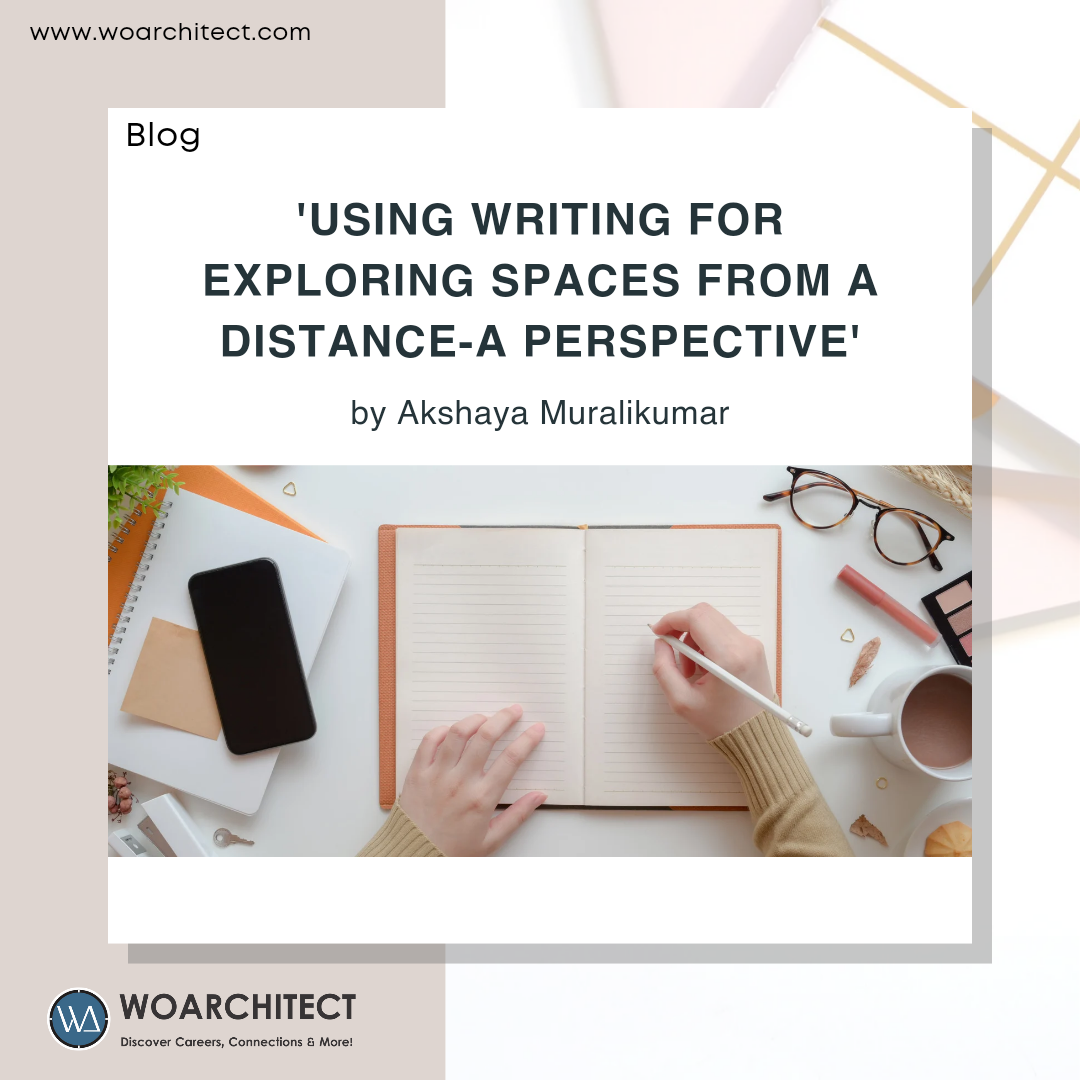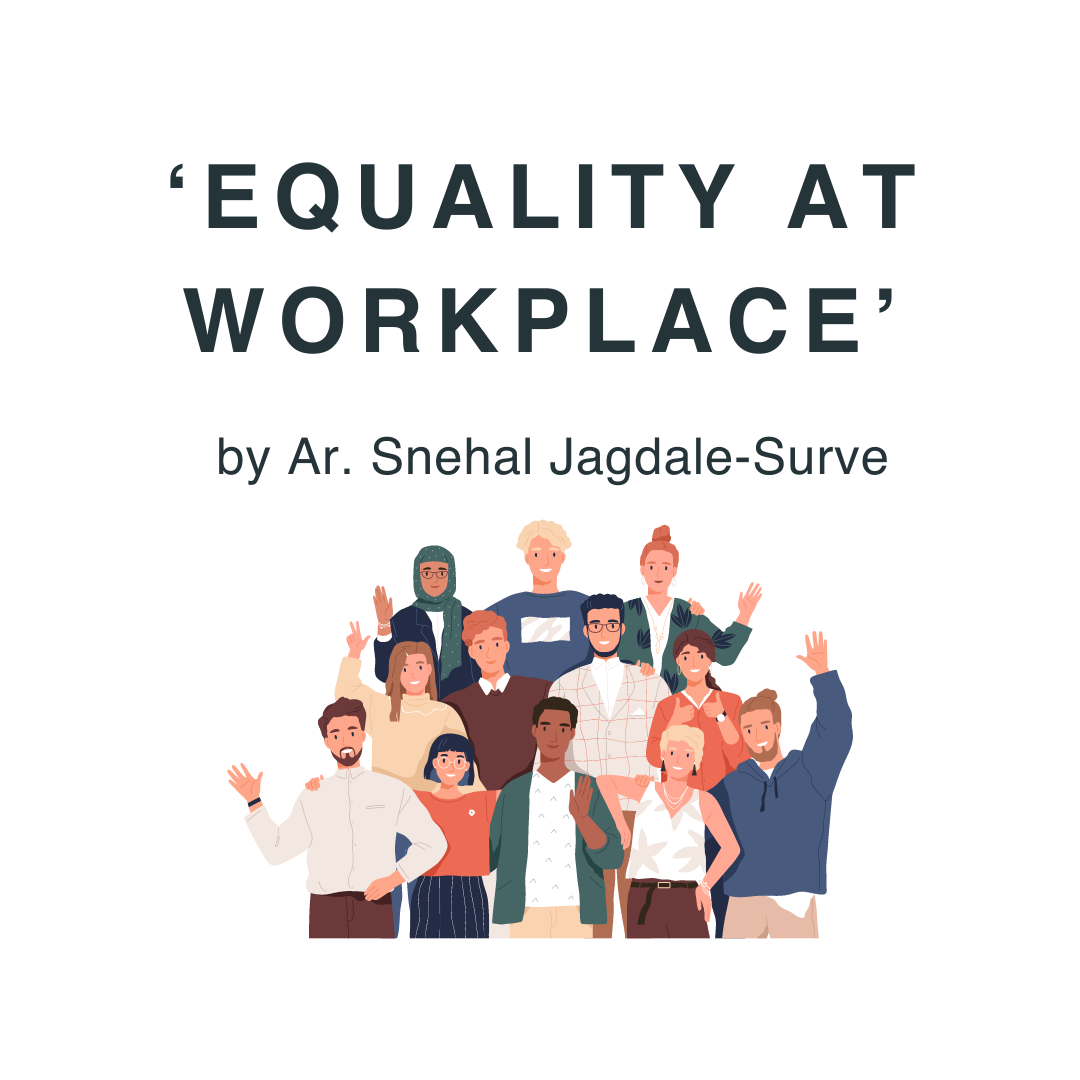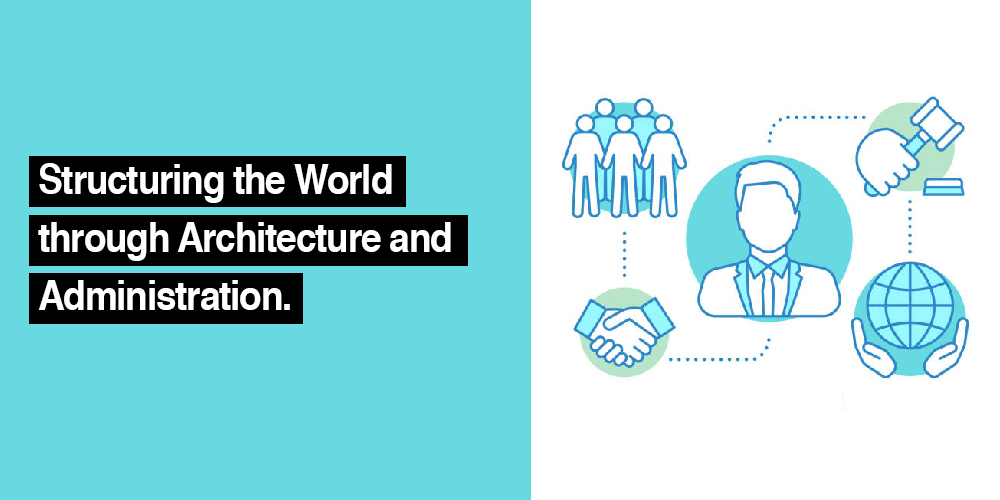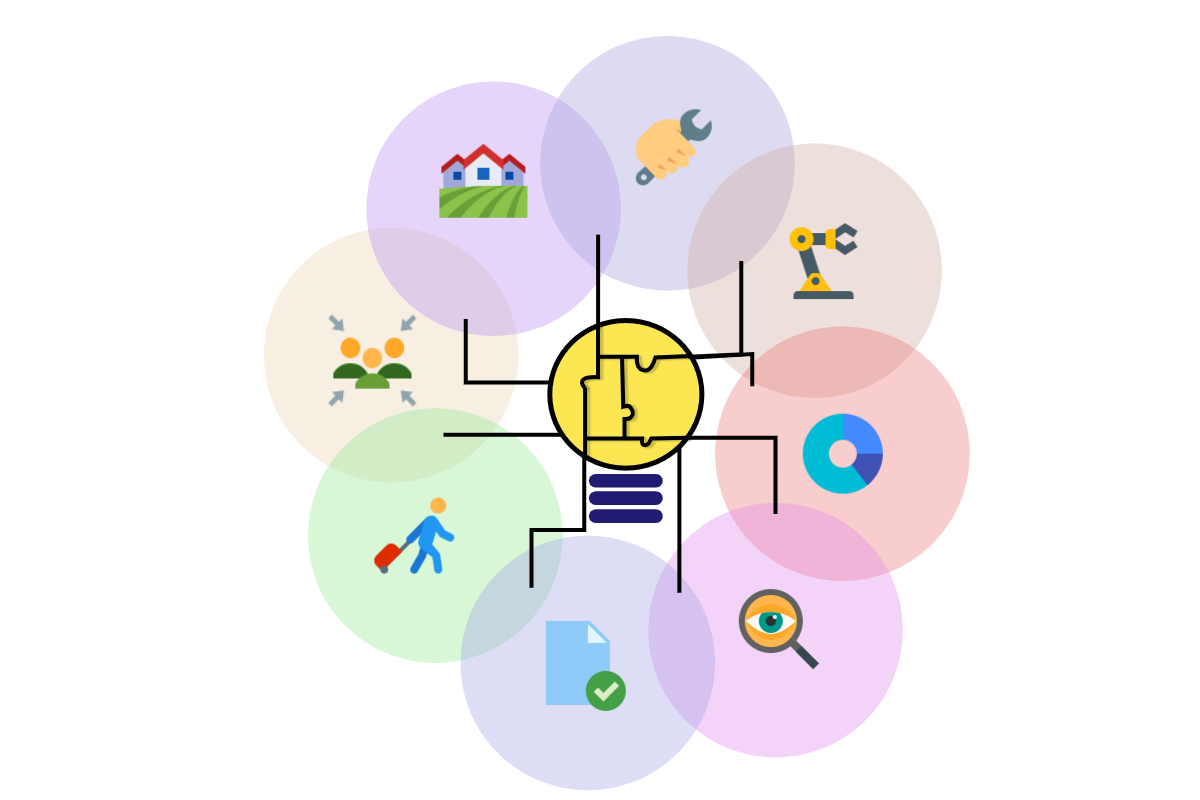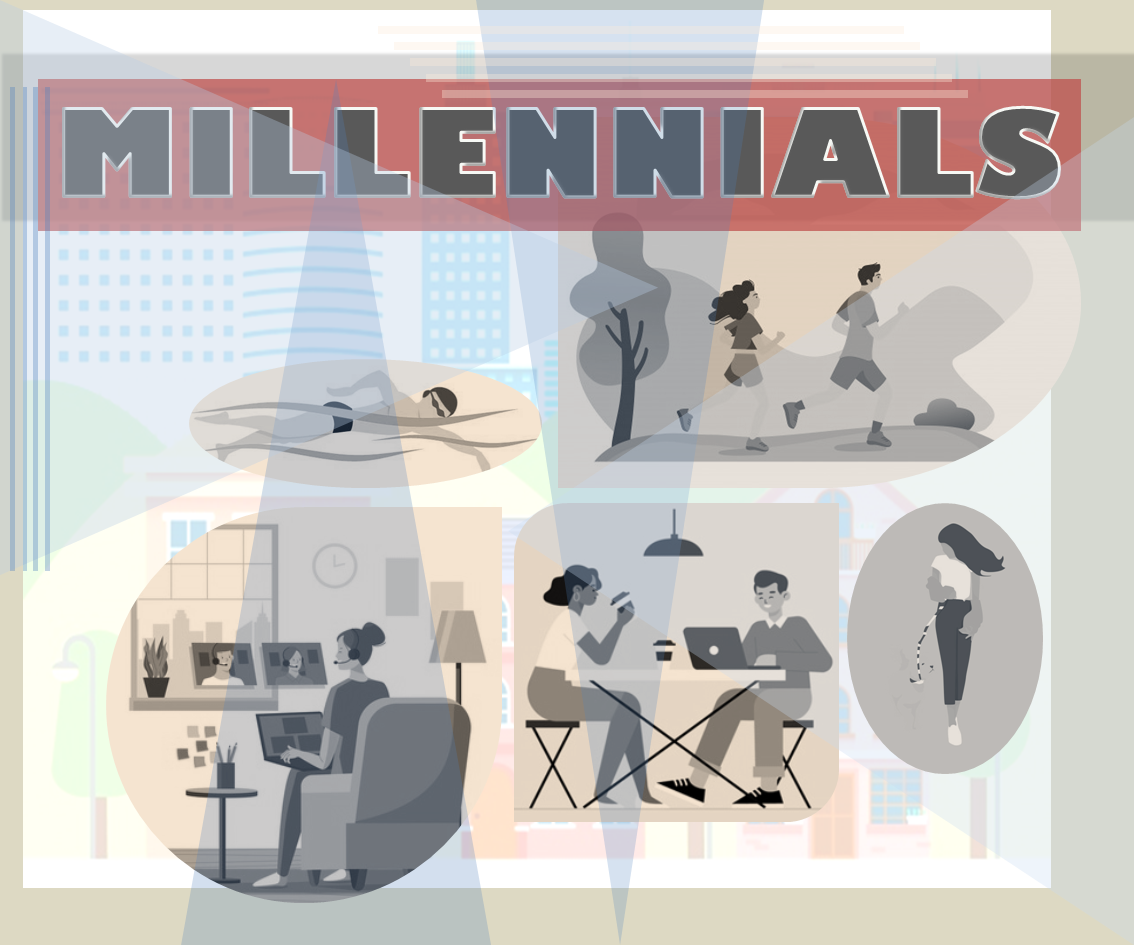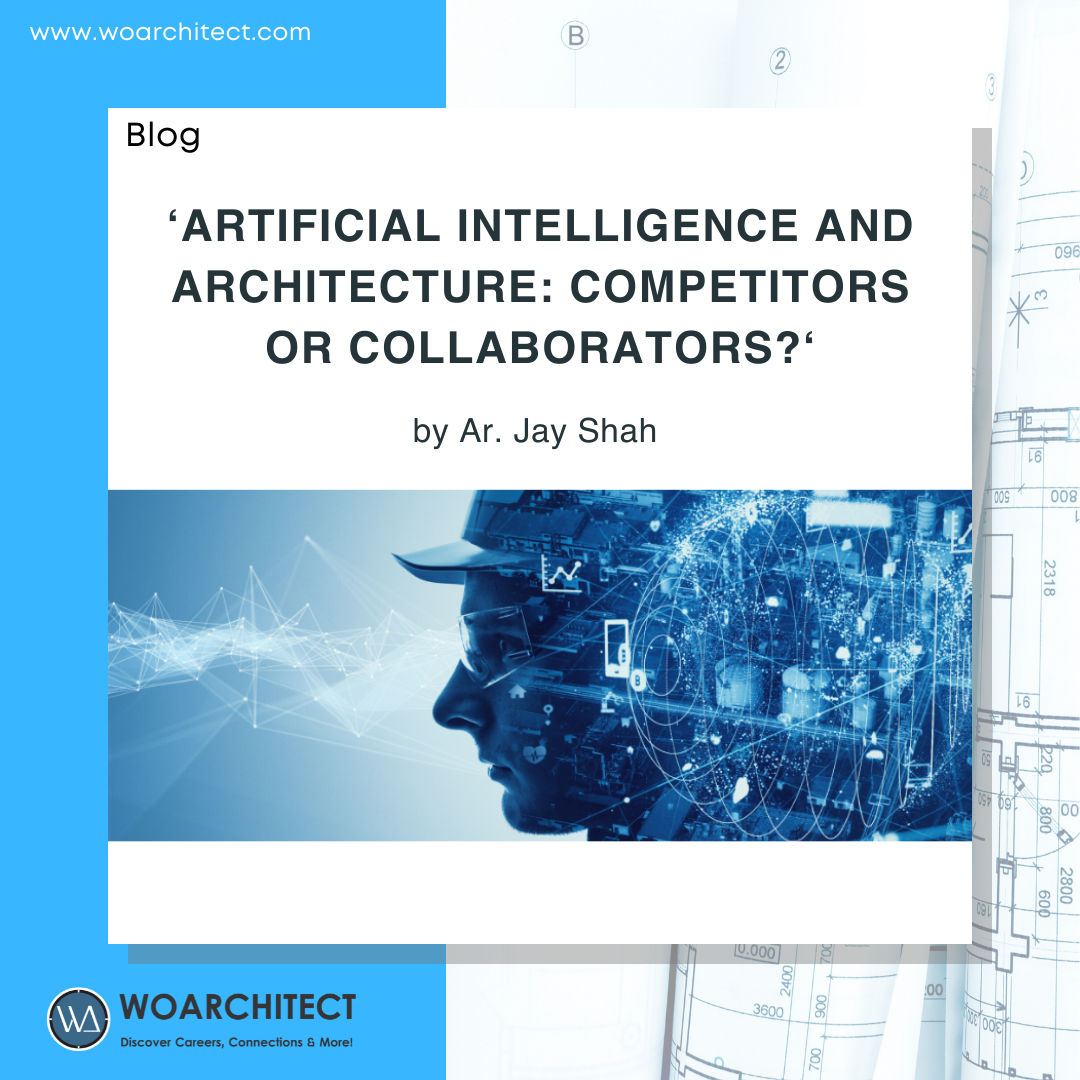
Artificial intelligence and Architecture - Competitors or Collaborators
Only thing constant in the universe is ‘Change’. The growth of this change is felt exponentially along with each passing decade, year, month or even a day. Almost every field of profession is witnessing this change in the form of increasing role of artificial intelligence in its workings. Several studies and experiments are observing promising applications of artificial intelligence in the field of architecture. However, it seems that there is a stigma around the topic due to the lack of understanding about how a machine can contribute to a complex process of space and environment design. This article will discuss the direction that architectural practice can take with incorporation of Artificial intelligence in the design process, based on the experiments and studies.
Competition to the creator – Roots of Artificial intelligence development
Humanity has always taken pride in monopolizing having the most sophisticated thinking machine for a brain. It is a common opinion that machines are not able to take the place of human mind, especially in the sectors like creativity and art where complex interactions between logical structure and untapped imagination of humans backed by unique experiences of each, plays a foundational role. This conservative (and lazily tempting in my own self-analysis) view has created black & white paradigms of human intellect superiority vs. stereotypical overlooking of AI's potential, which continues to obstruct the alternative critical thinking required to progress with times. This line of reasoning (?) Is not uncommon in the field of architecture and design, which is a convergence of art and science. Rather, it is more prevalent due to a lack of enthusiasm towards innovation and inclination in the tried and tested traditional approaches to building design. This article aims to present an analytical view of the possibilities that the application of AI brings to the 'site'. It does not intend to detail the workings of artificial intelligence in contemporary architecture, as it is in its ridiculously initial stage. Instead, it tries to understand and discuss the discourse of coming times to develop a tolerance towards the change in the field of architecture. It also aims to change the idea of Artificial Intelligence (AI) generated in the minds due to the apocalyptic and anti-human portrayal of it in pop culture and general discourse.
The dynamic of love-hate has developed because of the contradiction between the inherent need of humans to create something that rivals nature’s own creation and the fear of exploring beyond the traditional systems along with the dystopian vision created by pop culture media and literature. As the modern world indicates, the primal desire for innovation is usually on the winning side of history. This desire has contributed towards the development of more and more sophisticated machines replicating humans. As mentioned in an article by Antoine Picon, According to French sociologist Pierre Neville, it is the archetype of human nature that supersedes mere desire for efficiency and comfort. The point of discussing this archetype is to emphasize the historical repentance of the nature of innovation in human civilization over the years. Therefore, the obvious next step in this evolution is the replication of human intelligence.
Ready or not, Here I come – Inevitability of Artificial intelligence
Before understanding the application of AI, it is essential to understand what is AI. Simply put, AI is a computer program that can generate results going beyond its programming. In other words, a program that not only processes information, but ‘generates’ information by ‘learning’ from the given data. Therefore, it is a machine that ‘thinks’ and ‘evolves’.
There are numerous examples of the evolution of a machine as a companion in the arsenal of tools that we use today. The most prominent example is the personal assistance systems such as Siri and Cortana. These applications provide the glimpse of how artificial neural networks with the help of big data can not only process information but improve upon the feedback of millions of inputs. Additionally, High-end facial detection systems used by intelligence agencies can also be discussed as a popular example of such phenomenal systems. Although, the machine is far from being on par with the human brain in terms of abstract ‘thinking’, it is developing in the aspect that is essential for the evolution of thinking which is ‘learning’.
On a different (but related) note, the foundation of human’s interaction with the environment is changing with the rise of ‘metaverse’. This article will not go into the depths of the moral conundrum that digital spaces present. However, we cannot turn a blind eye towards the fact that actual 'digital spaces' are taking the world by storm in the form of metaverse. Elon musk explained it during Code conference by Red code on 3rd June 2016 with a simple real-world example. Videogames were simple with two sticks and a ball not even half decade ago and now they are as immersive as they can get with the help of latest technology. Conclusively, all development suggests that this is not the end of the progress in the direction of more emersion. This evolution can be discussed to understand the projected evolution of architecture. Architecture is defined by planned pathways of sensory interactions between built environment and humans. AI can help shape that environment for better sensory interactions which will be discussed along with the progress of technical process in following section.
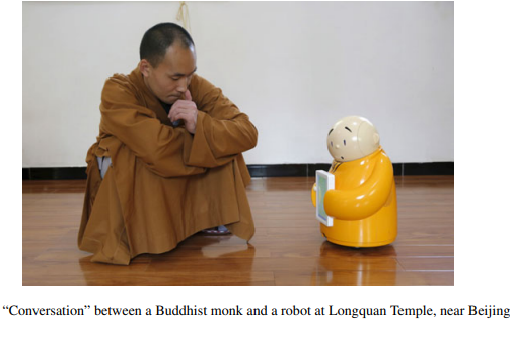
Fig.1 – Longquan Temple, Beijing (Source: Antoine Picon)
Artificial intelligence and Architecture – Companions, not Competitors
As mentioned in the introductory section of this article, intelligence is the next step of the evolution of the machine. However, it is established that intelligence comes in many forms. Is the ability to process information for desired output not a form of intelligence? This section will discuss the forms of intelligence attributed to a machine and their application in Architecture. To understand the paradigm shift in our own field, we need to start from the basics. The process of creating construction drawings has evolved from paper-based production to digital production. The manual work that went into creating sets of drawings has been significantly reduced with the help of computer programs serving various purposes to plan a construction of the building. These programs include drafting software such as AutoCAD and building information modelling systems such as Revit architecture. Beyond the drawing generation part, the fabrication and construction aspect of architecture is most likely to be assisted prominently by artificial intelligence
Rising above the planning and material aspects of architecture, comes an essential aspect called the design process which is considered the heart and soul of the whole architectural process. Numerous projects of experimental nature are being conducted all over the world to challenge the established flow of working and established hierarchies of the design process. One such approach is demonstrated by Güvenç Özel of the UCLA department of architecture and urban design in their research paper on interdisciplinary AI. The goal of their project was to challenge the human agency in the design process by introducing Machine Learning (ML). The project aimed to reach new creative thresholds and generate inspiring and innovative forms which are not bound by specific agendas or schools but to the things that actually matter, such as cultural input.
Considering the limitations of the current stages of AI & ML as well as the limitations of the project itself, the main focus was to reimagine the existing buildings with the help of ML with the input of various art forms such as sculptors and fashion (representing the cultural input). The stages of input data (Art form), Design foundation (Existing building), and output data (Final product) are shown in the figure below.
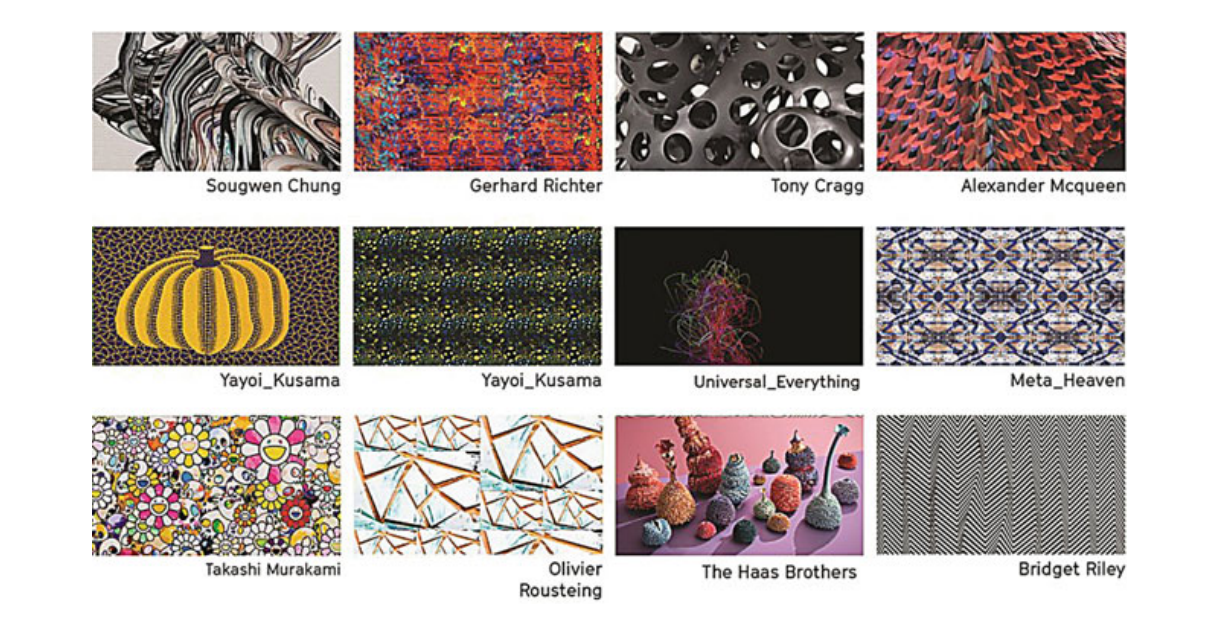
Fig. 2 – Various interdisciplinary Art form inputs (Source: Güvenç Özel)

Fig. 3 – Existing Building (Initial stage of reimagining – projection) (Source: Güvenç Özel)

Fig. 4 – Final product stage (Conversion from art form to building) (Source: Güvenç Özel)
It is clarified by the author in the above example that qualitative decisions from a human designer remain essential for the process due to the intuition, experience, and value judgement required in the development. Additionally, like any dogmatic design development with many stages of the process ranging from conceptual development to ground execution, this process can also be broken down in stages of input; analysis; and output with shared agencies of human and machine.
One might argue that even if the tools have become more sophisticated, the brains behind the process has remained of a human. That is the precise argument that is supported by this discussion. If we consider AI just as a more sophisticated evolution of a 'tool' necessary for the creation which also helps realize the endless possibilities of creative collaboration, we can divert the discourse from the taboo narrative to a more efficient one.
References:
I. I. & Basu, P. (2021) The Routledge companion to artificial intelligence in architecture. Imdat As & Prithwish Basu (eds.). Abington, Oxon?;: Routledge.
II. Picon, A. (2020) ‘What About Humans? Artificial Intelligence in Architecture’, in Architectural Intelligence. [Online]. Singapore: Springer Singapore.
III. Ozel, G. (2016). Toward a postarchitecture. Log 36. Edited by Cynthia Davidson and Greg Lynn. Anyone Corporation.
IV. Code Conference . (2016). Is life a video game? | Elon Musk | Code Conference 2016. Recode. Retrieved May 27, 2022, from https://www.youtube.com/watch?v=2KK_kzrJPS8.
About the author:
Part-time procrastinator and full-time dreamer. Jay Shah is an architect who recently graduated with a degree in urban planning from Western Sydney University. He is also the Lead vocalist of the Vidyanagar-based band – ‘Beyond Things’. Books, strictly non-fiction reading except for detective novels; works of Neil Gaiman; Arthur C. Clarke; (Alright, his taste is all over the place), and videogames are few of his interests other than study and appreciation of built & natural environment and community. He aims to be a researcher in the field of building sustainability and community engagement or maybe open a music café. Who knows?

